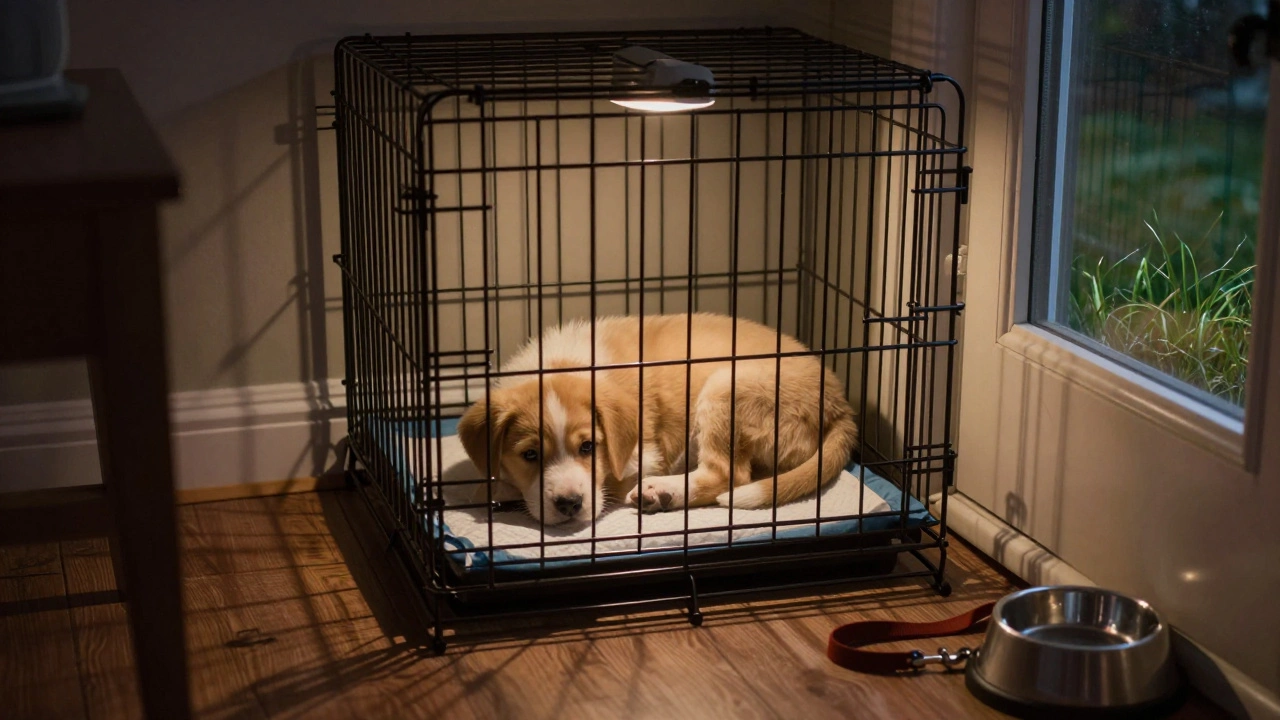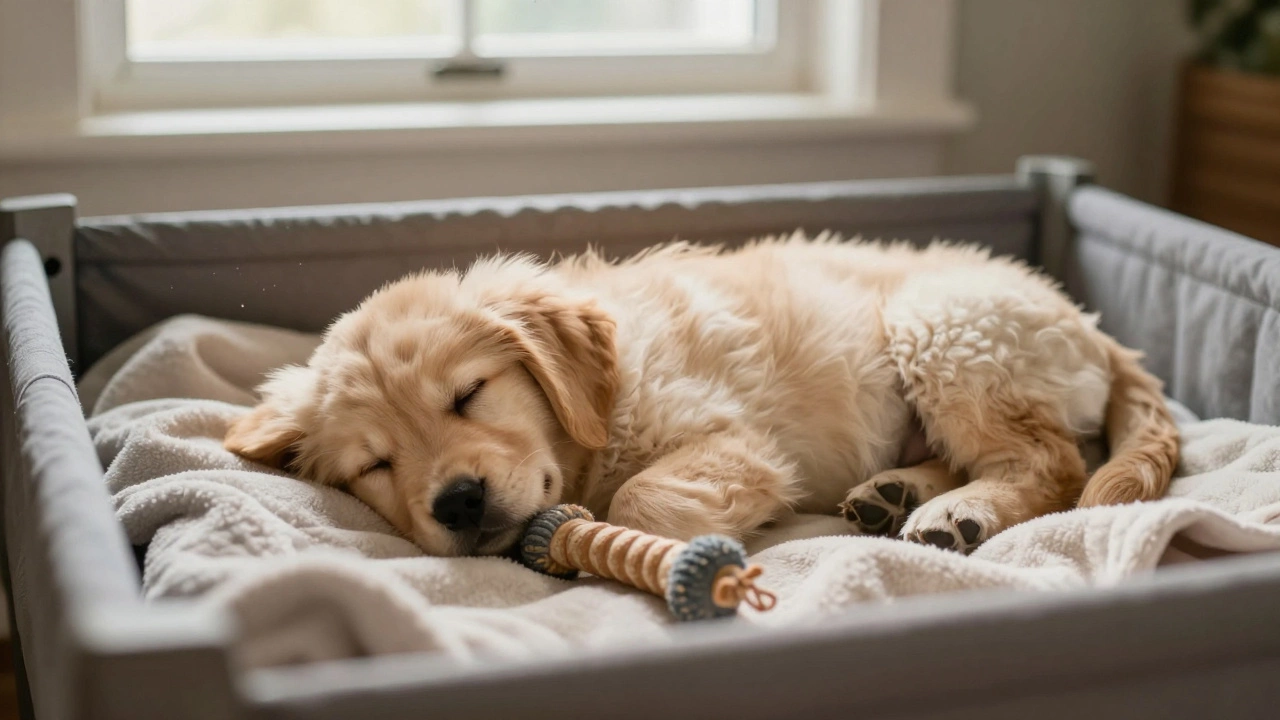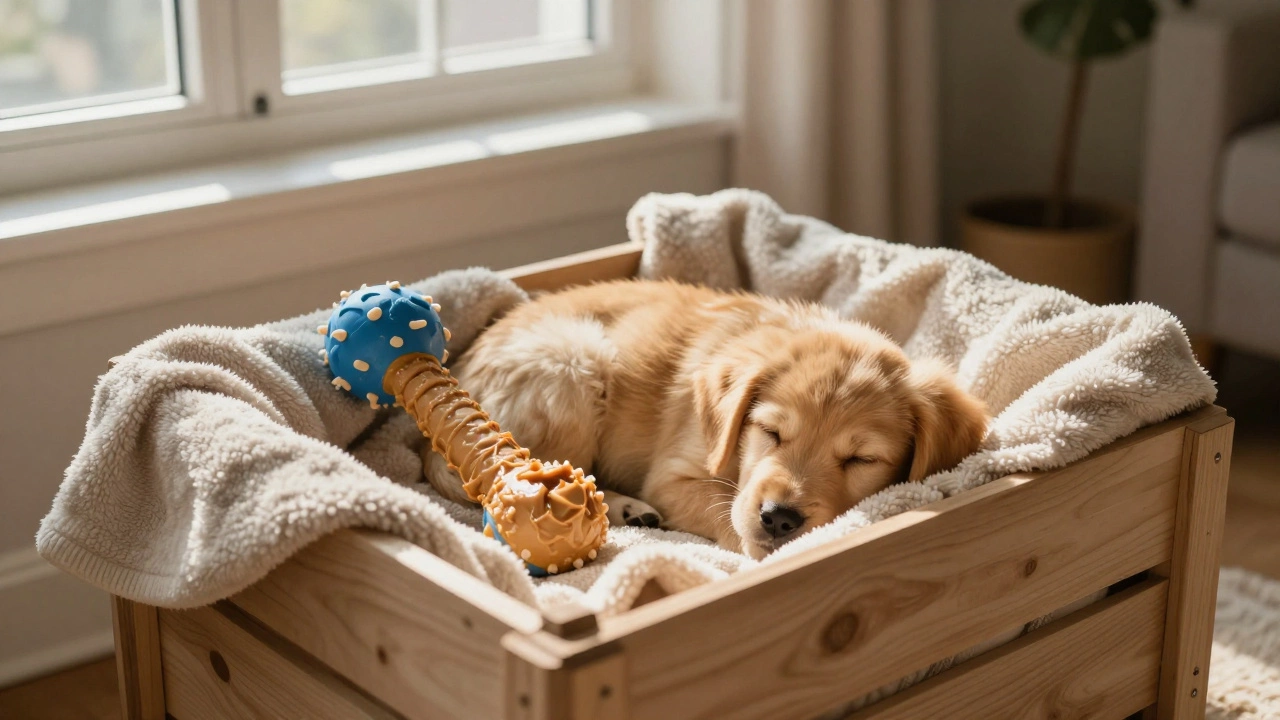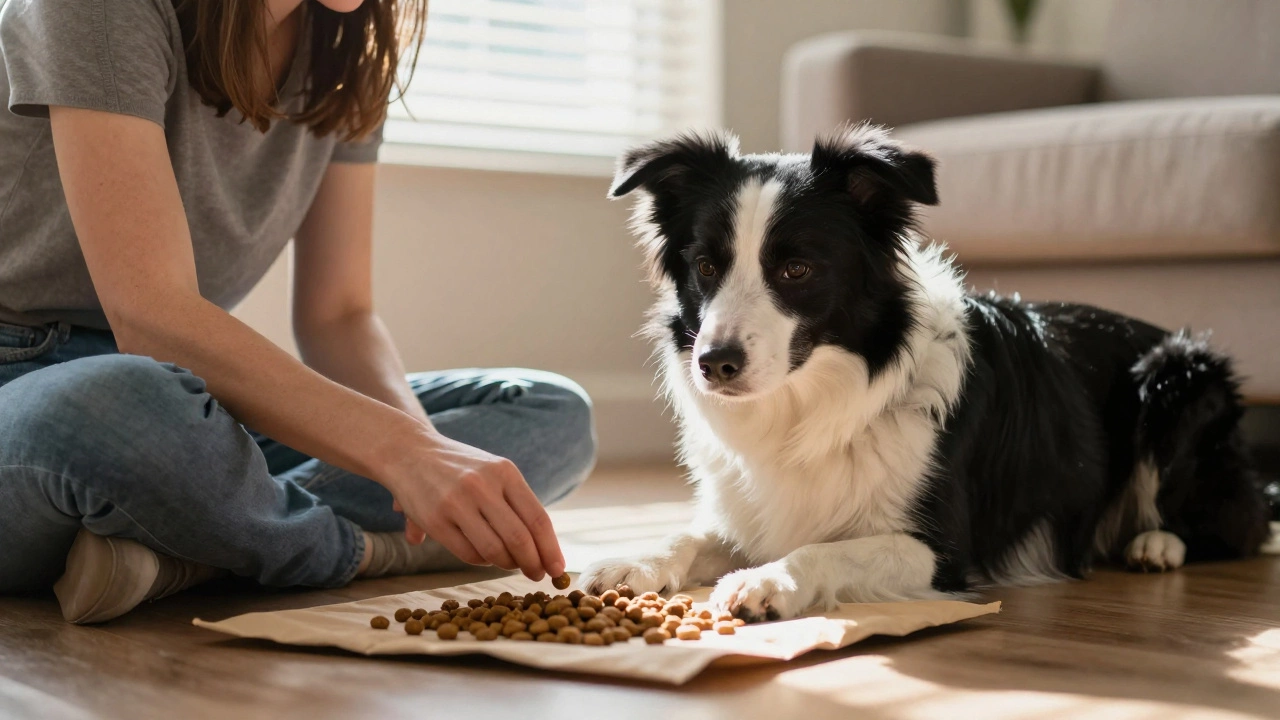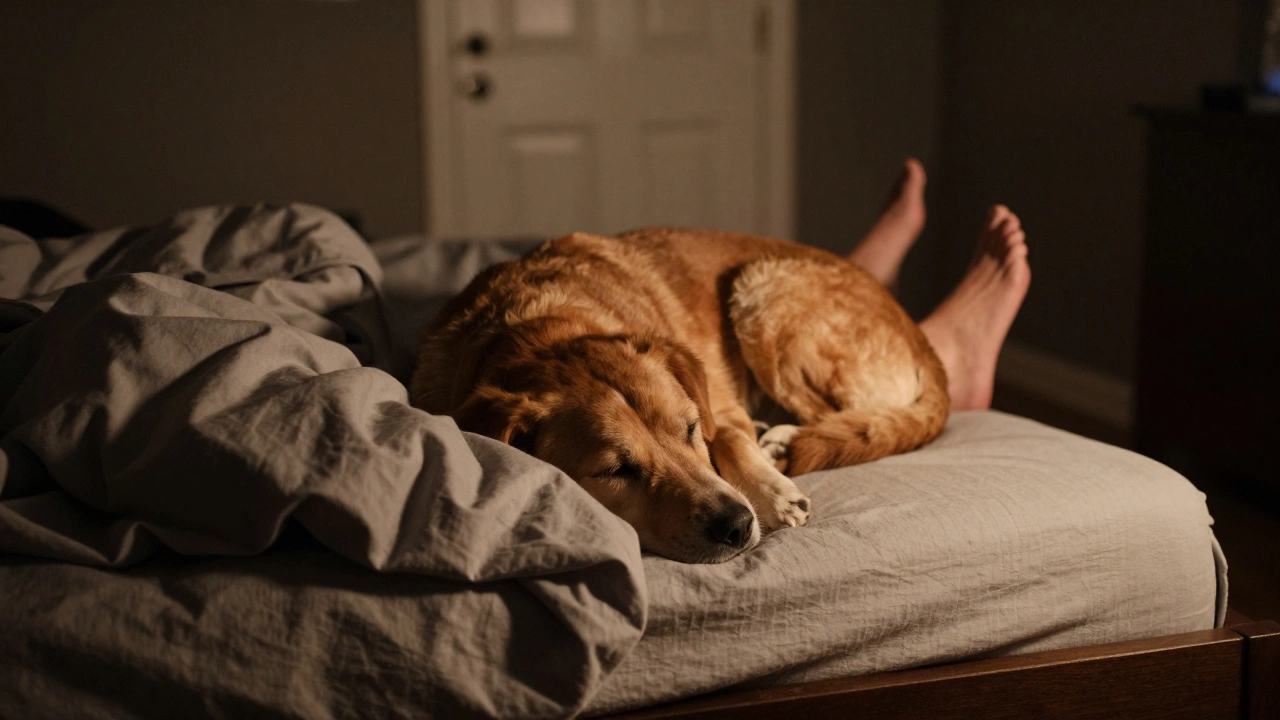First Dog Training: What Works, What Doesn’t, and How to Start Right
When you bring home a new puppy, first dog training, the initial steps in teaching a dog basic commands and good habits. Also known as puppy socialization, it sets the tone for everything that comes next—your dog’s confidence, your bond, and how they handle the world. This isn’t about obedience drills or punishing mistakes. It’s about teaching your pup what’s safe, what’s expected, and how to feel calm in new situations. Too many owners jump straight to "sit" and "stay," but the real foundation is understanding your dog’s stress signals, reading their body language, and creating a routine that feels predictable and secure.
Good positive reinforcement, a training method that rewards desired behavior to encourage repetition. isn’t just treats—it’s praise, play, and quiet time with you. Dogs learn fastest when they’re calm and curious, not scared or overstimulated. That’s why leaving a puppy alone on its first night, as covered in our posts, can undo weeks of progress if it triggers anxiety. Similarly, using a shock collar or yelling during training doesn’t teach—it frightens. The best results come from patience and consistency, not force. Tools like clickers, gentle harnesses, and calm indoor spaces (like a well-set-up crate or puppy pen) aren’t just helpful—they’re essential for building trust.
And it’s not just about commands. First dog training includes learning when your pup needs rest, how to handle grooming without panic, and how to respond when they whine or freeze. Our collection includes real-life examples: how to read crying during grooming, why background noise like TV can help some dogs relax, and what to do when your puppy seems overwhelmed. You’ll find practical advice on setting up a safe space for an 8-week-old pup, how to avoid common mistakes with free feeding, and why scheduled meals and bedtime routines make training easier. You won’t find magic tricks here—just clear, step-by-step methods used by experienced dog owners and trainers in South Tyneside.
Whether you’re dealing with a nervous puppy, a high-energy pup, or just want to avoid the mistakes most new owners make, the posts below give you exactly what you need. No fluff. No jargon. Just what works—tested, proven, and tailored to real life with your dog.
What Is the First Thing to Train a Dog? Start With This Basic Skill
The first thing to train a dog isn't a trick-it's impulse control. Learn how to teach your dog to pause, wait, and respond calmly before moving on to sit, stay, or come.


